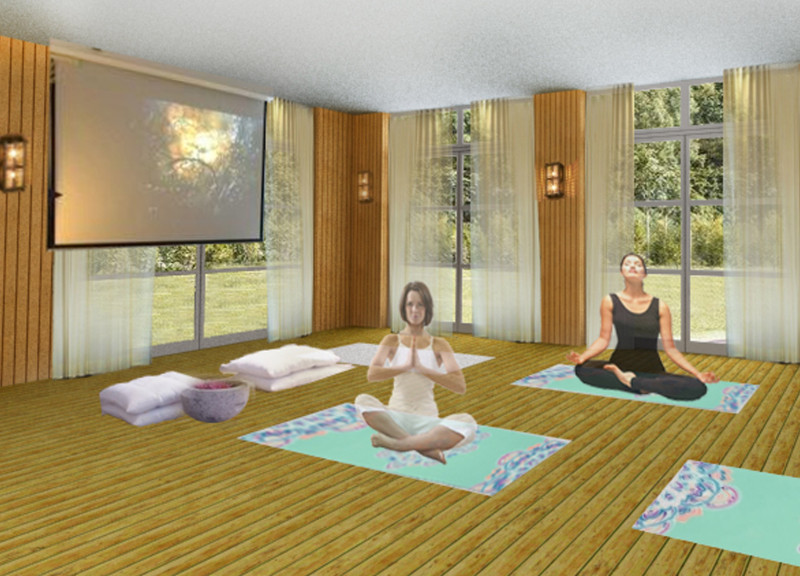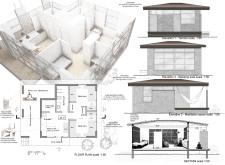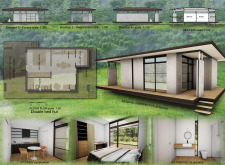5 key facts about this project
The Pavilosta Poet Huts, located on the western coast of Latvia, combine architecture with nature in a thoughtful way. Designed to promote personal reflection and encourage community interaction, these huts offer a space for activities such as exhibitions, poetry readings, and meditation. The overall concept fosters a strong connection to the surrounding landscape, providing a calming retreat.
Architectural Concept
At the heart of the Pavilosta Poet Huts is a vision that encourages tranquility. The layout is designed to help occupants disconnect from everyday distractions and reconnect with themselves and the environment. Large floor-to-ceiling windows are a key feature. They create an open feel and blur the lines between inside and outside. This design means that nature becomes a part of daily life for those who stay there.
Materiality
Local materials are used throughout the construction of the huts, creating a sense of connection to the region. Roof tiles, wooden beams, concrete columns, and wooden floors form the primary elements of the design. The addition of upper windows helps with ventilation and allows light to fill the spaces. This choice of materials enhances the aesthetic and provides structural support, while also ensuring the huts blend with their natural surroundings.
Sustainability Measures
The design emphasizes sustainability, giving each hut the ability to function independently in terms of power and water. Rainwater and solar energy are captured from the roofs and stored in cisterns and batteries. This method reduces reliance on external resources and reinforces the commitment to environmental responsibility. It reflects an understanding of modern needs for sustainable living.
Spatial Arrangement
The interior layout includes areas for meditation, creative activities, and communal gatherings. These spaces encourage well-being and artistic expression. Sliding kitchen tables optimize the compact areas, adding to the versatility of each hut. While the spaces are designed for practicality, they also maintain an aesthetic coherence. This combination creates a living environment that supports multiple uses and experiences.
In the design, expansive open terraces invite nature in, allowing occupants to engage deeply with the outdoor landscape. The subtle integration of interior and exterior environments enriches the overall experience of living in the huts.






















































